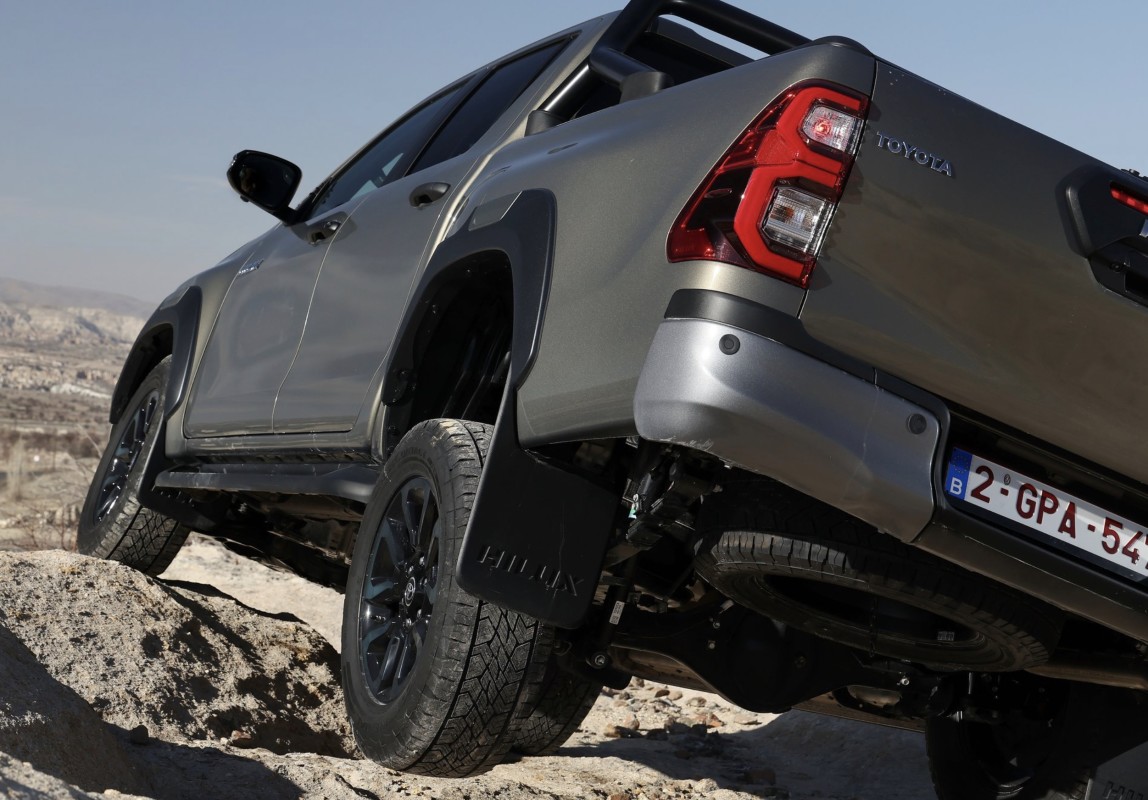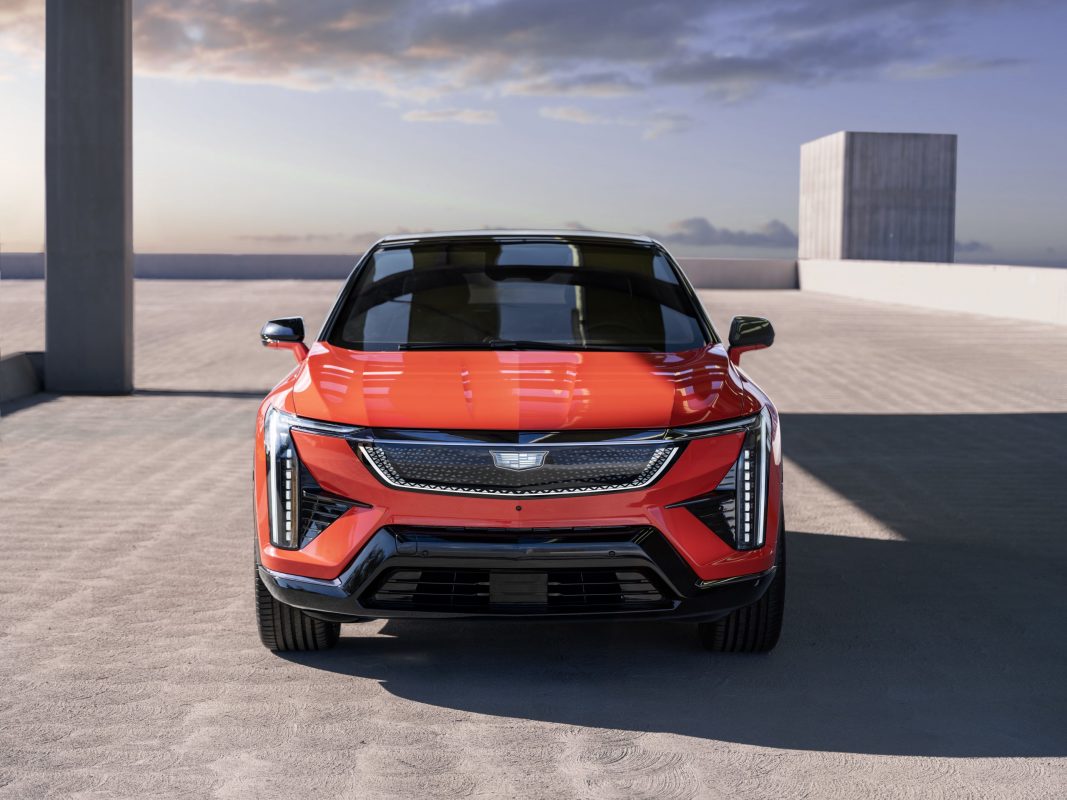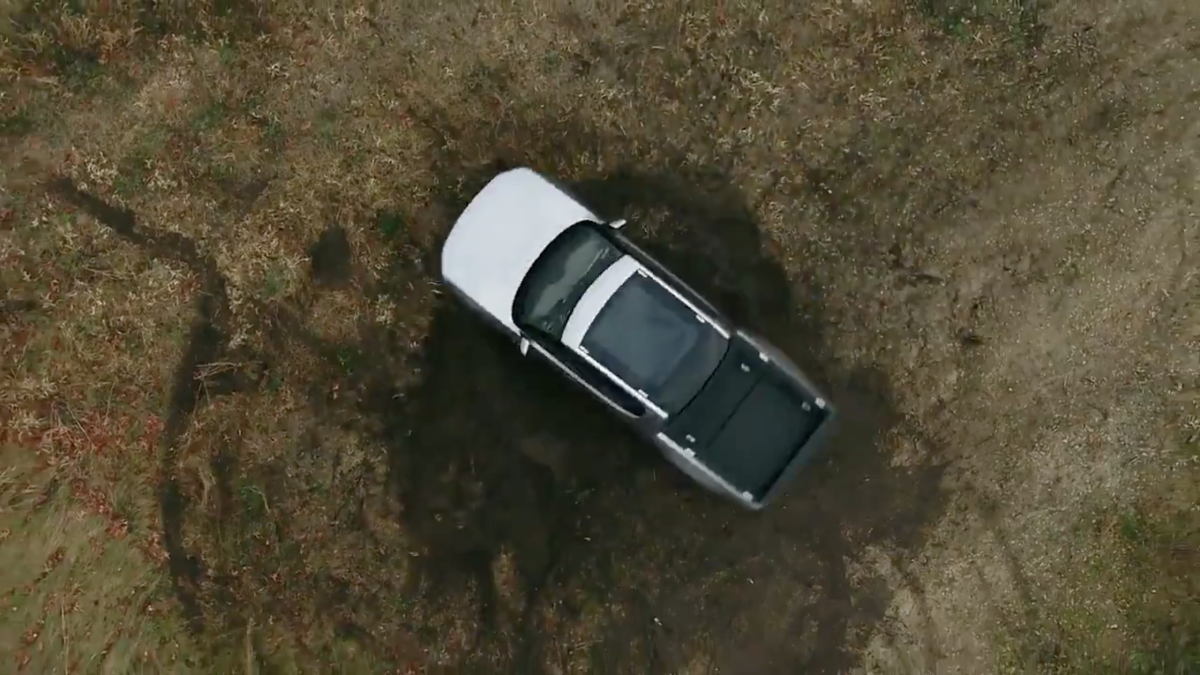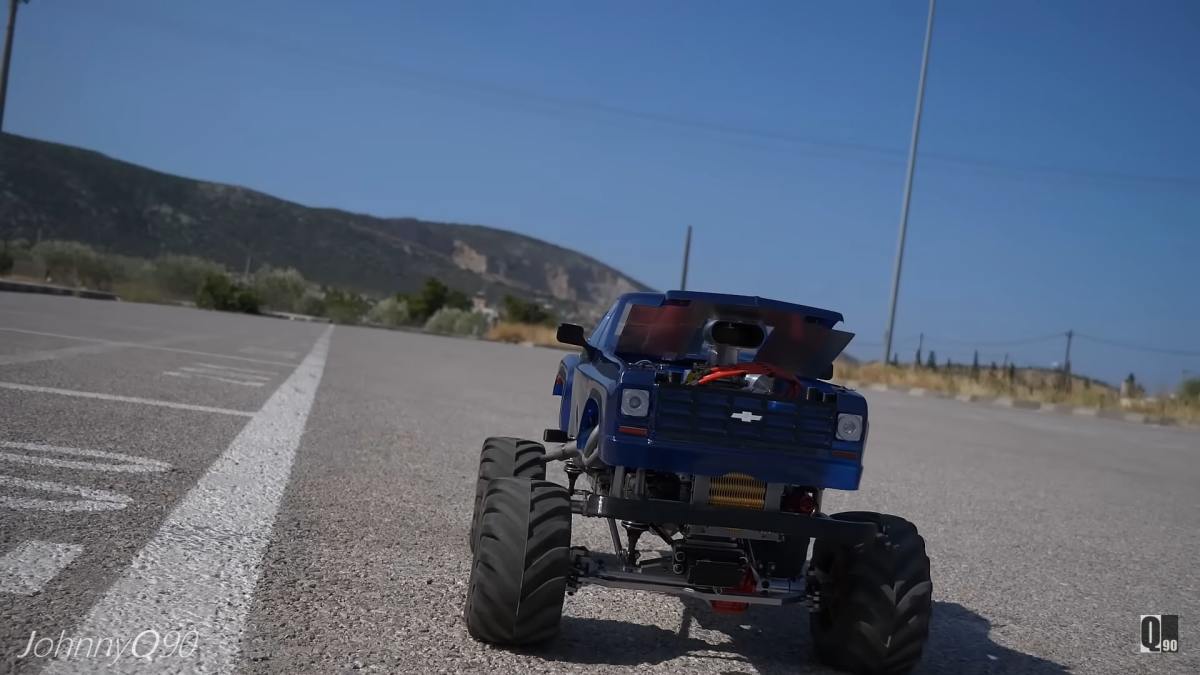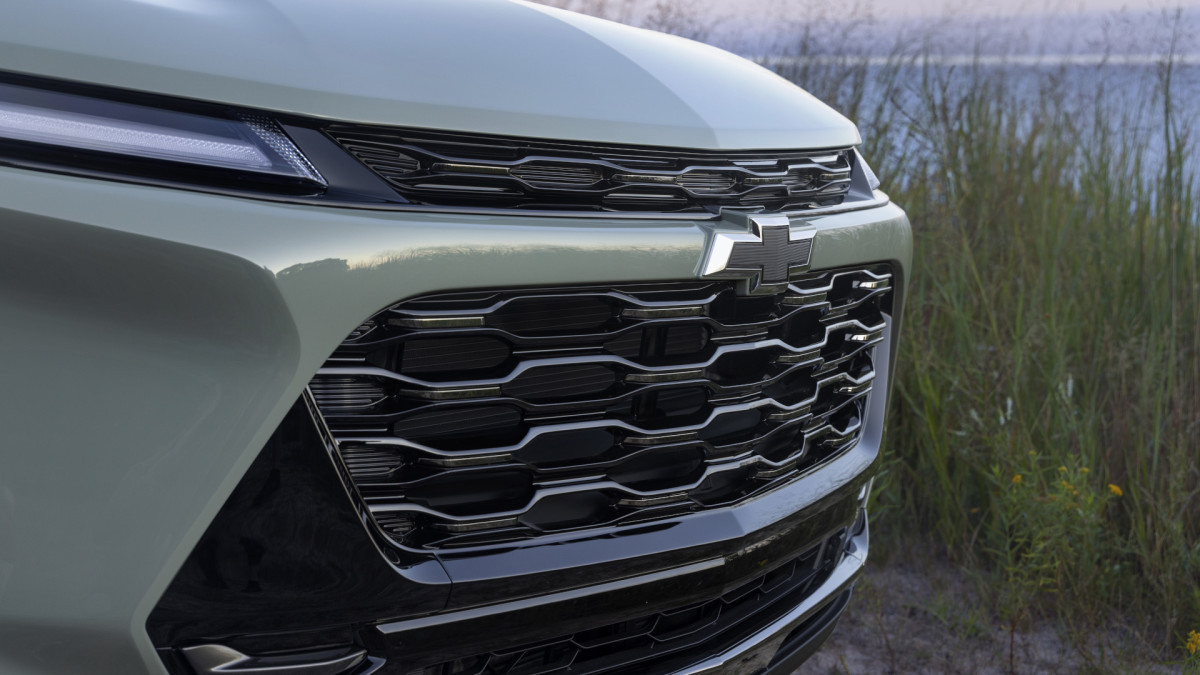Tesla FSD’s New ‘Mad Max’ Mode Tears Past Speed Limits
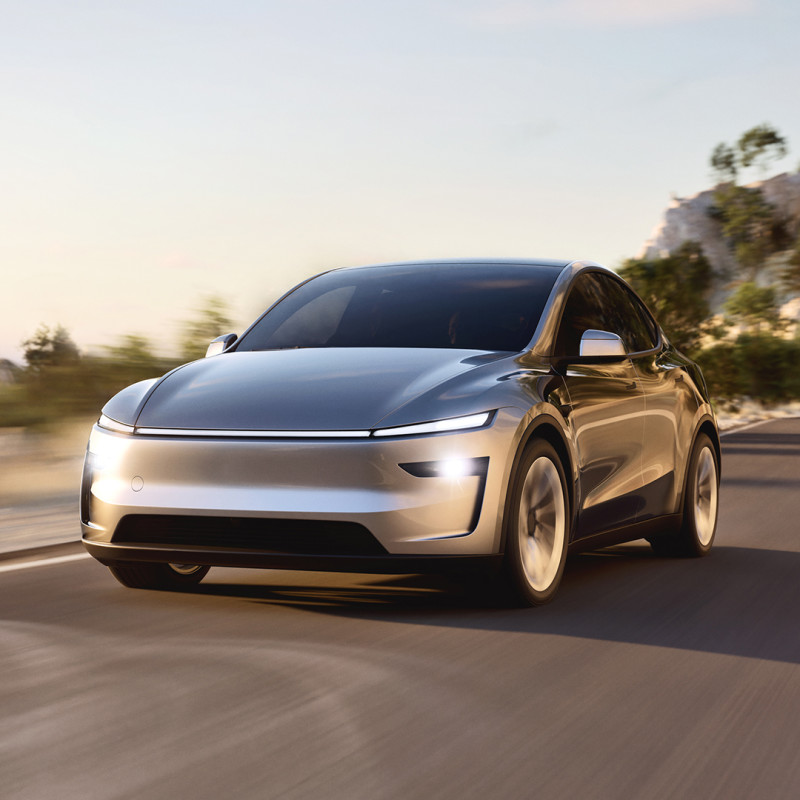
It’s the most assertive driving mode currently available for FSD
Tesla began rolling out the latest version of its Full Self-Driving (FSD) suite earlier this month, which is the most significant update to the Level 2 self-driving system in about a year. Several smaller updates have come out since then, and the feature that’s getting the most attention is the return of Mad Max mode.
Think of it as the polar opposite of the new Sloth mode, with Mad Max preferring higher speeds, quicker acceleration (always a Tesla strength), and more frequent lane changes. Mad Max has previously been used on Teslas with FSD, but its reintroduction at a time when the self-driving system is being investigated for safety concerns is a ballsy move from the EV giant.
Related: FSD Investigation Hits Millions Of Teslas—See If Yours Is On The List
Mad Max Lives Up To Its Name
Tesla FSD V14.1.2 Mad Max mode is INSANE.
FSD accelerates and weaves through traffic at an incredible pace, all while still being super smooth. It drives your car like a sports car. If you are running late, this is the mode for you.
Well done Tesla AI team, EPIC. pic.twitter.com/Z1lFB1jCrR— Nic Cruz Patane (@niccruzpatane) October 16, 2025
According to Tesla’s release notes for the Mad Max speed profile, it “comes with higher speeds and more frequent lane changes than Hurry,” previously the most excitable of the various driving profiles.
Whereas early reviews of the new Sloth driving profile suggest that it isn’t quite as relaxed as its name suggests, the same can’t be said of Mad Max, which does exactly what it says. Video footage from various Tesla drivers shows Mad Max darting from lane to lane confidently, taking gaps where they’re available, and accelerating a lot more rapidly than other speed profiles. 
“It’s unlike any FSD mode Tesla has ever released before,” said Sawyer Merritt, a Tesla enthusiast, on X. “It accelerates MUCH quicker off the line and maxes out at 85 mph on the highway.”
This raises legal concerns, though, as multiple users have now reported that Mad Max exceeds the speed limit by 20 mph or more.
NHTSA Investigation Could Include Mad Max
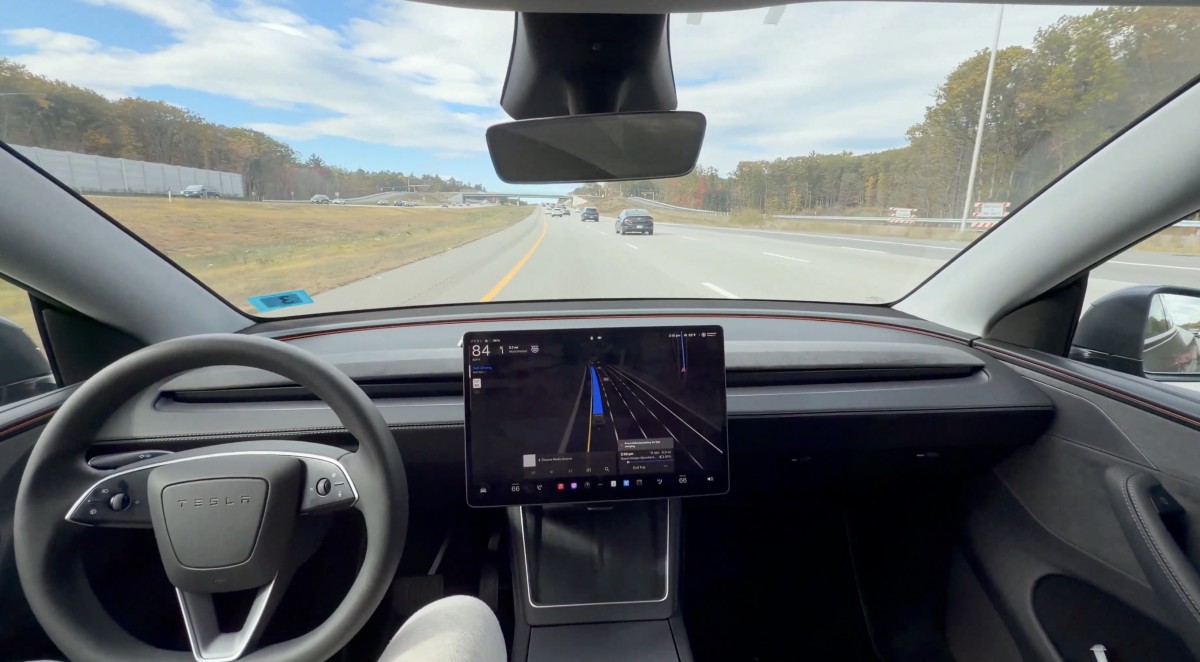
Sawyer Merrit via X
The recent investigation of FSD opened by the National Highway Traffic Safety Administration (NHTSA) focuses primarily on reports of the system running red lights or executing dangerous lane changes. However, the safety body said that if any other evidence of traffic violations come to light while the investigation is open, these will be considered too. Exceeding the speed limit would certainly qualify.
One Tesla user said that while the urgency of Mad Max mode is welcome, it would be helpful if the quick acceleration and regular lane changes could be combined with adherence to speed limits.
Related: Is Tesla Full Self-Driving Worth $8,000? Strengths and Weaknesses Revealed
Final Thoughts
The new mode does appear to work well for many users and could prove useful if you’re in a hurry or trying to get through a congested area, but repeatedly going over the speed limit is a problem. This is very much in line with Tesla’s approach of hastily releasing self-driving advances, but too often, at the expense of safety standards.
As great as Mad Max may seem, FSD remains a Level 2 system requiring attentiveness from drivers at all times, with the driver being ready to resume manual control of the vehicle when needed. It’s a lot harder to snap into action at 85 mph than at 35 mph, so we’d advise early users to exercise caution when using the new mode.
What's Your Reaction?
 Like
0
Like
0
 Dislike
0
Dislike
0
 Love
0
Love
0
 Funny
0
Funny
0
 Angry
0
Angry
0
 Sad
0
Sad
0
 Wow
0
Wow
0
